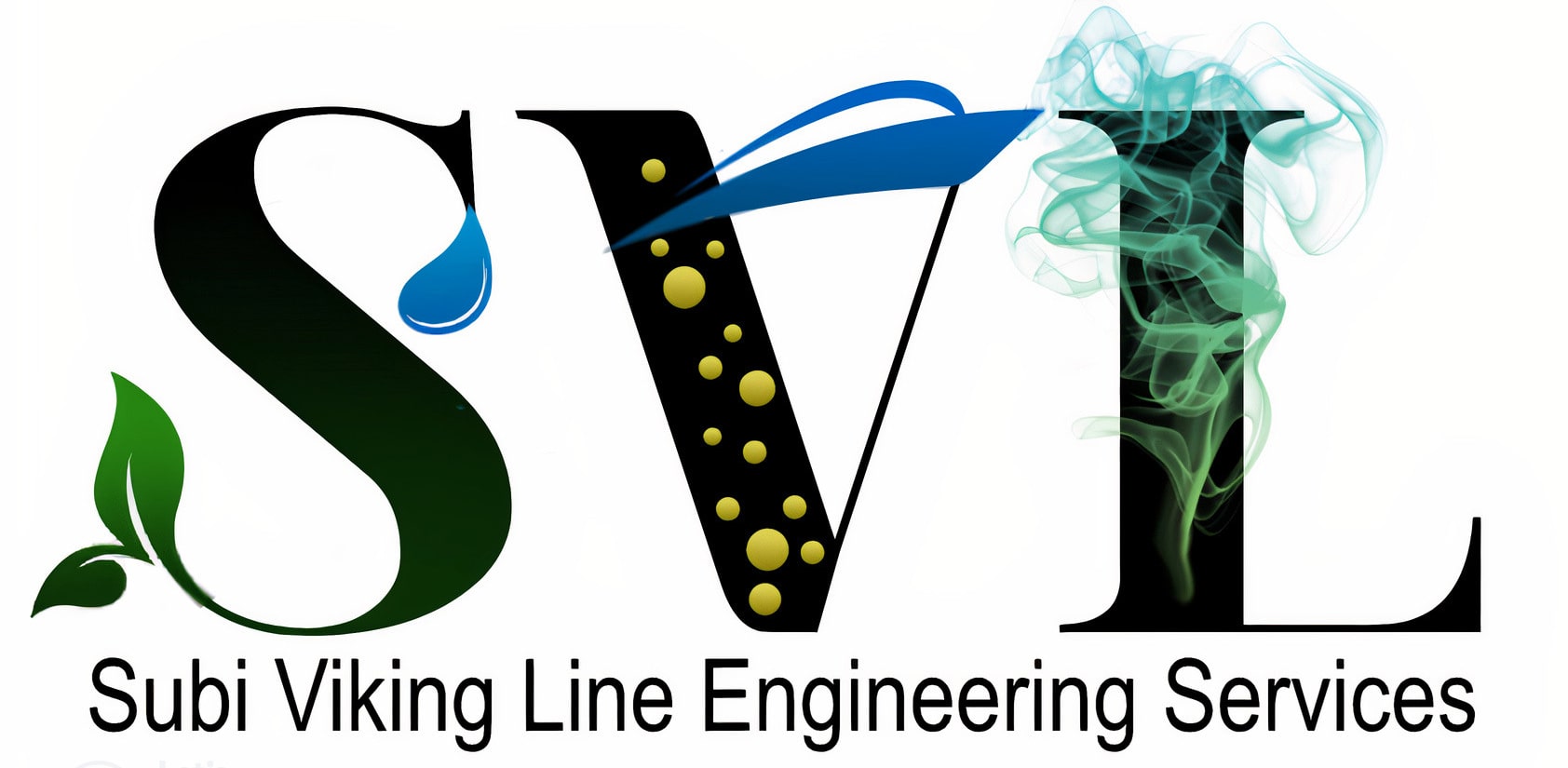Understanding Hydrate Formation in Offshore Wells and Prevention Methods As the offshore oil and gas industry continues to thrive, it’s crucial to delve into the complexities of operational challenges, one of which is hydrate formation. Hydrates, ice-like solids formed by the combination of water and gas under specific temperature and pressure conditions, pose significant risks to offshore well operations. Understanding hydrate formation and implementing effective prevention strategies are paramount for ensuring operational safety and efficiency.
What are Hydrates and How Do They Form?
Hydrates are crystalline compounds typically formed when water molecules combine with natural gas under high-pressure, low-temperature conditions found in offshore wells. The most common type encountered in the industry is methane hydrate, which can impede flow, damage equipment, and even lead to catastrophic events if not managed properly.
Factors Contributing to Hydrate Formation:
Temperature and Pressure: Offshore environments often have low temperatures and high pressures, creating ideal conditions for hydrate formation. Water Content: Water is naturally present in reservoir fluids and can come from various sources such as formation water, injection water, or condensation. Gas Composition: Different gas compositions have varying tendencies to form hydrates. High methane content increases the risk of hydrate formation.
Prevention Methods:
Thermal Insulation: Insulating pipelines and equipment to maintain temperatures above the hydrate formation threshold can prevent hydrate formation.
Chemical Inhibitors: Injecting chemical inhibitors into the flow stream can disrupt hydrate formation by altering the water-gas interface.
Hydrate Inhibition through Gas Composition:
Adjusting the gas composition by injecting methanol or glycol can prevent hydrate formation by altering the phase behavior of the fluid.
Hydrate Dissociation:
Implementing methods such as depressurization or heating to dissociate hydrates if they have already formed.
Monitoring and Control Systems:
Utilizing advanced monitoring systems to detect potential hydrate formation conditions and implementing control measures in real-time. Conclusion: Hydrate formation in offshore wells presents a significant challenge, but with a comprehensive understanding of the factors contributing to hydrate formation and the implementation of effective prevention methods, the risks can be mitigated. As the industry continues to evolve, it’s essential to prioritize safety and efficiency through continuous innovation and proactive measures in hydrate management.

